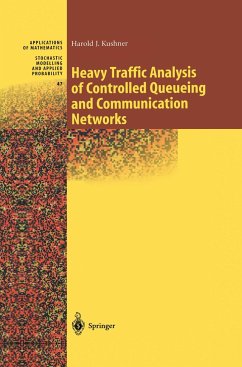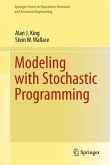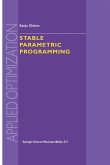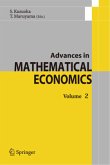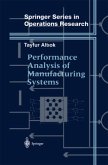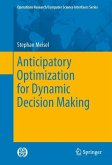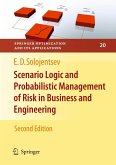The aim of this book is the development of the heavy traffic approach to the modeling and analysis of queueing networks, both controlled and uncontrolled, and many applications to computer, communications, and manufacturing systems. The methods exploit the multiscale structure of the physical problem to get approximating models that have the form of reflected diffusion processes, either controlled or uncontrolled. These ap proximating models have the basic structure of the original problem, but are significantly simpler. Much of inessential detail is eliminated (or "av eraged out"). They greatly simplify analysis, design, and optimization and yield good approximations to problems that would otherwise be intractable, under broad conditions. Queueing-type processes are ubiquitous occurrences in operations re search, and in communications and computer systems. Indeed, it is hard to avoid them in modern technology. The subject is now about 100 years old. and there is an enormous literature. Impressive techniques, many based on Markov chain and ergodic theory, have been developed to han dle a great variety of models. A sampling of the numerous books includes [6, 8, 18, 27, 33, 46, 81, 86, 132, 133, 220, 243]. But the models of interest are growing fast in the face of the demands of new applications, particularly in communications and computer systems.
From the reviews:
"The book provides some nice reading ... . Every chapter starts with some helpful overview about what is to be expected, and then immediately goes into detail. ... the book will probably be useful as (theoretical) background for today's as well as tomorrow's problems because many concepts are so fundamental that they will not become outdated ... . the book is clearly structured and the concepts and ideas are well explained and supported by examples. ... it is fun to study the book." (S. Voss, Journal of the Operational Research Society, Issue 56, 2005)
"Kushner is a well-known expert in the field. The scope of the book is impressive, and yet the reader is introduced to the subject with care. The introduction presents a pleasing and intuitive description of the heavy traffic limiting procedure ... . Helpful examples appear throughout the book as well, and the list of references is expansive. This book is well organized and carefully written; the style is clear. It is suitable both as an introduction to the topic and as a reference." (C. Gromoll, Nieuf Archief voor Wiskunde, Vol. 6 (2), 2005)
"The reader is provided with extensive references to more introductory material and to related research papers ... . But introducing the technical prerequisites seems to be done in a way that allows to apply the book as a guide to solve application problems. The book is well suited as a reference manual to actual research in the field. It serves as background material to courses on Stochastic Processes or may in parts be used as reference material to a graduate course on Stochastical Networks." (H. Daduna, Operations Research-Spektrum, Issue 14, 2002)
"This volume is a treatise on the topic described by the title. It arose from a graduate course given by the author in the Applied Mathematics Department at Brown University. ... There are 257 references, a symbol index and an index. This book will be a standard reference inheavy traffic analysis for controlled queues and networks." (A. Akutowicz, Zentralblatt MATH, Vol. 988 (13), 2002)
"The book provides some nice reading ... . Every chapter starts with some helpful overview about what is to be expected, and then immediately goes into detail. ... the book will probably be useful as (theoretical) background for today's as well as tomorrow's problems because many concepts are so fundamental that they will not become outdated ... . the book is clearly structured and the concepts and ideas are well explained and supported by examples. ... it is fun to study the book." (S. Voss, Journal of the Operational Research Society, Issue 56, 2005)
"Kushner is a well-known expert in the field. The scope of the book is impressive, and yet the reader is introduced to the subject with care. The introduction presents a pleasing and intuitive description of the heavy traffic limiting procedure ... . Helpful examples appear throughout the book as well, and the list of references is expansive. This book is well organized and carefully written; the style is clear. It is suitable both as an introduction to the topic and as a reference." (C. Gromoll, Nieuf Archief voor Wiskunde, Vol. 6 (2), 2005)
"The reader is provided with extensive references to more introductory material and to related research papers ... . But introducing the technical prerequisites seems to be done in a way that allows to apply the book as a guide to solve application problems. The book is well suited as a reference manual to actual research in the field. It serves as background material to courses on Stochastic Processes or may in parts be used as reference material to a graduate course on Stochastical Networks." (H. Daduna, Operations Research-Spektrum, Issue 14, 2002)
"This volume is a treatise on the topic described by the title. It arose from a graduate course given by the author in the Applied Mathematics Department at Brown University. ... There are 257 references, a symbol index and an index. This book will be a standard reference inheavy traffic analysis for controlled queues and networks." (A. Akutowicz, Zentralblatt MATH, Vol. 988 (13), 2002)

